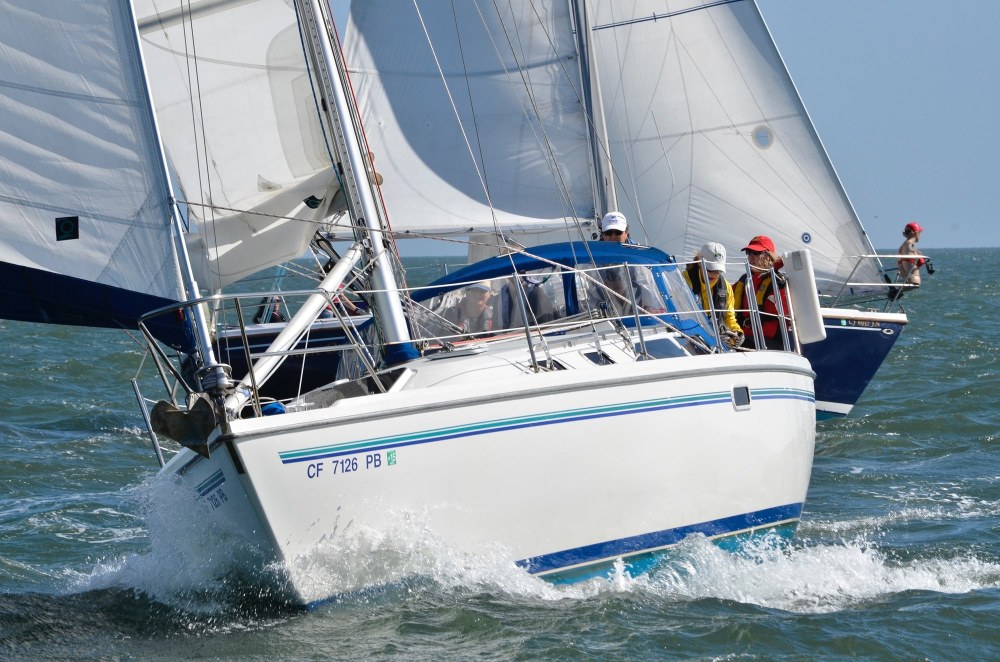
On a boat it's imperative to know your whereabouts – failure might lead to anything from mild embarrassment (“What do you mean this is Jones Island, not James Island?”) to the danger of running aground on a lee shore by wind and tide.Those of us who sail the Salish Sea only rarely run out of sight of land, but it does happen, most commonly when running into fog or sailing at night. Join us for Marine Coastal Navigation, studying the art and science of navigating within sight of land.
Regardless of the size of your boat, there may come a time when you are unable to navigate by sight due to weather or finding yourself out after sunset. As a navigator, you need to know basic geometry, interpret data, know and understand the tides and currents, identify errors in charts, and to develop a “navigator’s eye”. So we must learn to navigate by deductive reckoning, or “dead reckoning”. This is the process of using a previously known location, time elapsed, and your course to determine your current whereabouts. Ominous as it may sound, dead reckoning is actually our friend and has been the tool of mariners for millennia.
Learning how to navigate allows you to take control of your maritime adventures and become more self-sufficient on the water. Developing these skills will not only serve you in your travels, but will help you to deepen your engagement with sailing.
Our Marine Coastal Navigation course will introduce you to the essentials of navigation as it applies to inland and near-coastal waters. The course will cover basic navigation tools, chart reading, course plotting, tides, currents, and electronic navigation. We will wrap up with a day sail to provide hands-on practical experience. Sign up soon – the course begins September 11 and the clock is counting down to participate.
 Carl Harrington
Carl Harrington